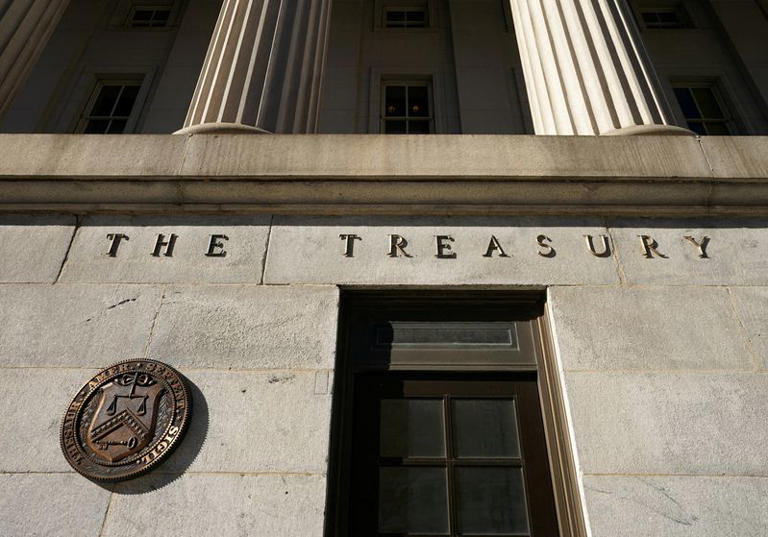The resurgence of leverage in the U.S. Treasury market is a noteworthy development, especially considering the prevailing uncertainties surrounding the bond market. Despite lingering concerns such as inflationary pressures and mounting deficits, asset managers and leveraged funds are once again increasing their exposure to Treasury futures contracts, indicating renewed confidence in certain market dynamics.
One driving force behind this trend is the attractiveness of higher yields, which is luring asset managers back into the market after a period of retrenchment earlier in the year. With interest rates being held steady, the allure of potentially higher returns is proving to be compelling for investors seeking yield in a low-rate environment. Simultaneously, leveraged funds are capitalizing on opportunities presented by the basis trade, exploiting price differentials between cash Treasuries and futures contracts. This arbitrage strategy, facilitated through the overnight repo market, has regained appeal due to the widening yield differentials.
However, regulators have sounded alarm bells regarding the risks associated with increased leverage, particularly among leveraged funds. These entities, some levered up to 70 times, could face significant financial instability if forced to rapidly unwind their positions. This has raised concerns about potential market volatility and liquidity disruptions, especially in the event of a sudden price or rate shock.
Recent data underscores the magnitude of this resurgence in leverage, with asset managers’ aggregate long positions in Treasury futures contracts reaching record levels. Notably, there has been a notable shift towards shorter-dated contracts, indicating a preference for assets with shorter durations.
Insights from a comprehensive analysis by Federal Reserve economists shed light on the underlying trends driving this leverage buildup. The pursuit of duration and returns by mutual funds, coupled with the arbitrage activities of leveraged funds, has led to an increase in overall market leverage. This has raised concerns about the stability of the Treasury market, particularly in light of past episodes of market turbulence.
While the market experienced significant upheaval in early 2020 due to a disorderly unwinding of short positions by hedge funds, recent data suggests that leveraged funds’ aggregate short positions have moderated. Nonetheless, concerns persist about the potential for volatility and illiquidity, especially given the substantial leverage employed by market participants.
Despite these concerns, experts suggest that the risks associated with the basis trade may be mitigated by the gradual nature of interest rate adjustments. While hedge funds are rebuilding their short positions, the incremental pace of rate cuts could help prevent a repeat of the turbulence witnessed in March 2020.
As market participants navigate these dynamics, close attention remains warranted, given the potential implications for market sentiment, risk dynamics, and overall financial stability. The evolving landscape of the Treasury market, shaped by leveraging strategies and broader macroeconomic trends, will continue to influence investor behavior and market outcomes.
